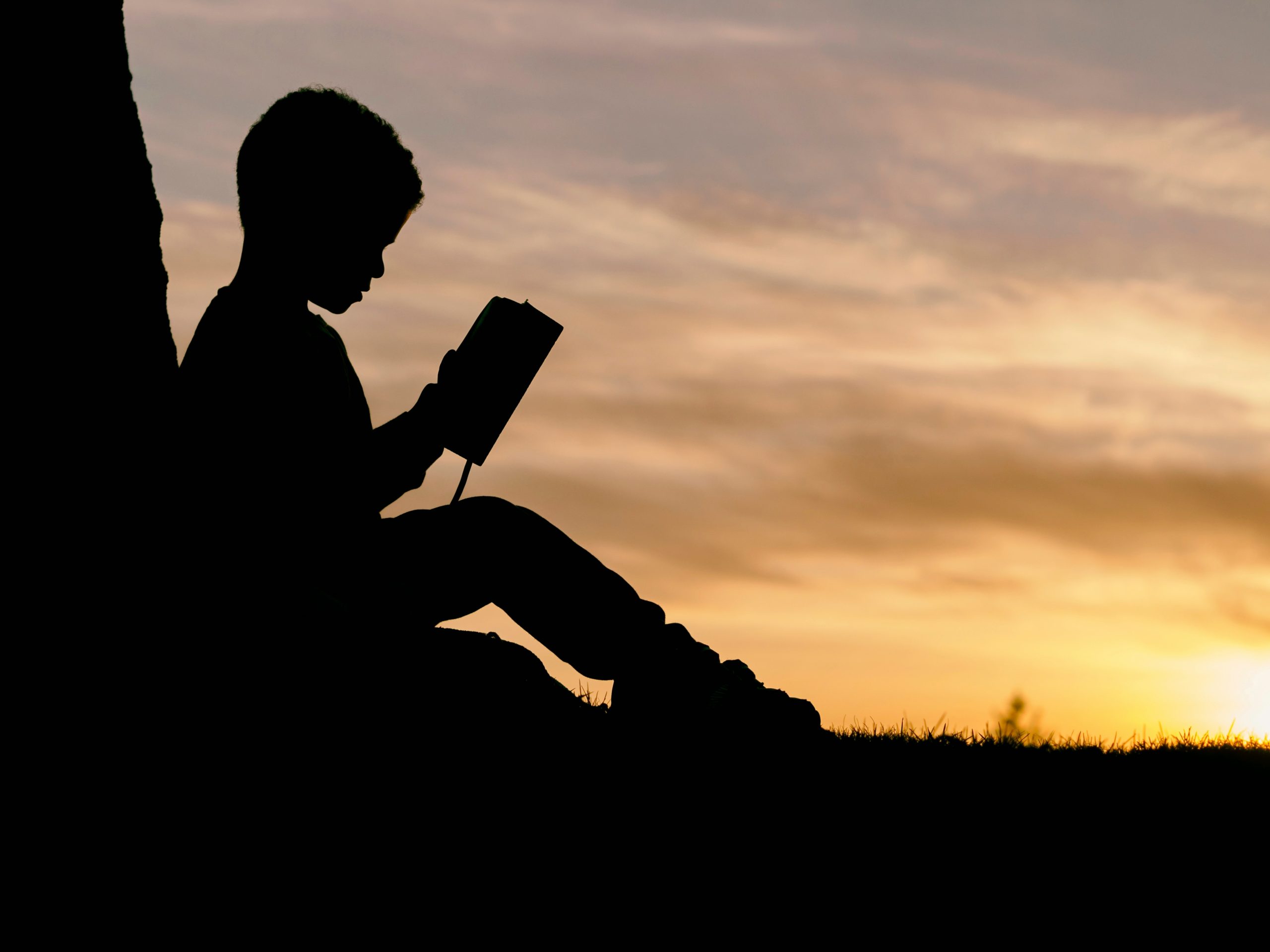
6 Craft Books That Will Transform Your Fiction
Writing Craft books are an essential part of every writer’s journey. There are general options like The Fire in Fiction by Donald Maass or The 12 Key Pillars of Novel Construction by C.S. Lakin, which provide a comprehensive study of many of the major story elements in one book. These are usually great for beginners because they often focus on providing clear explanations of fundamental writing or story concepts. They also cover a wide range of topics so the book can’t reasonably go very deep into any topic, keeping them from being too overwhelming. This gives you lots of material to start with, and makes it easy to identify specific areas where your skills may be lacking.
Other books like Dialogue by Robert McKee or Understanding Conflict by Janice Hardy, take a high-level approach with in-depth explorations of specific writing elements. These are often not beginner-friendly because the author assumes you have a solid grasp of writing fundamentals and will not take the time to explain them. If you notice gaps in your writing skills, or want to brush up on a specific topic without all the fluff, these books are great for offering a wealth of thorough information, techniques, and writing study to practice and experiment with.
Not all craft books are created equal. Some make great refreshers for writers with advanced skills. Others offer a different perspective or approach for concepts you may not yet have a firm grasp on. Every once in a while though, you’ll come across a craft book that has a transformative impact on your writing, or even the way you understand stories. Here are 6 craft books that elevated my storytelling skills in ways that completely changed my writing for the better.

One of the best craft books on character I’ve ever read, and possibly the most transformative for my writing, The Art of Character provides a thorough exploration of what it takes to create characters that read like real people with authentic inner lives.
Tackling topics like finding inspiration for your characters, characterization, contradictions as an inherent part of building realistic characters, and so much more, this book takes a high-level look at both the art and the technique of creating great characters.
Corbett suggests that the characters we’re compelled to create are often reflections of who we are, who we want to be, or even who we admire. This means that exploring your own inner life is an essential step to creating characters that are more real and less “technical”. As a psychology major with an interest in human behaviour, emotions, identity, and relationships, discussions like this are the kind of thing I live for. Admittedly, if you have no interest in psychology, or you don’t agree with the idea that the stories we write are connected to who we are as people, then you may not be as enamored with it as I was. I would still encourage you to check it out, because Corbett interweaves the pseudo-psychoanalyses with tangible advice for creating characters that will resonate with your readers.
My biggest takeaway from this book was about the process of developing your characters before you start writing. Corbett suggests that one of the reasons why writers struggle to create complex, three-dimensional characters is because of our brainstorming method. Most people build their characters by brainstorming a list of qualities and traits. Corbett suggests this technique is flawed because a list is ultimately stagnant.
Instead, he suggests getting to know your characters in scenes that explore significant moments in their lives. He argues that developing your character this way gives you the chance to see them in action and observe the way they respond to stressors, which will tell you a lot more about them than any list can. The added benefit is that you may write something that makes it into the project, or functions as an accompanying, stand-alone short story. Some moments he suggests exploring include:
- Their greatest success
- Their most memorable moment with a stranger
- A time they said, “I love you” and wished they hadn’t
- Their worst failure
Others I’ve added to my list since reading this book include:
- The first time they betrayed someone they loved
- A time they succeeded with no one around to see it
- Their first time seeing a dead body
- The first time they realized—really realized—they were an adult
I even use this technique when I want to explore the relationship dynamic between two characters that I already know well as individuals. Some prompts I use include:
- The first time they noticed a power or social imbalance between them
- Earliest moment of meaningful bonding
- Their first fight
- Small, meaningful ways they came through for each other
There’s something in this book for everyone, and if you frequently get feedback that your characters feel two-dimensional or clichéd, The Art of Character is an awesome place to turn.
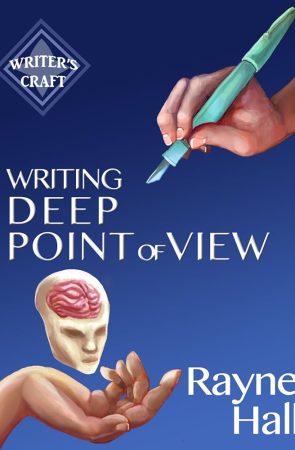
I could have included any one of the 34 books in Rayne Hall’s Writer’s Craft series on this list. They’re all that good. I stumbled across the series back in 2017 when I still considered myself a beginner writer. I started with Writing Deep Point of View when the Amazon algorithm pointed me to it. After seeing how incredibly helpful it was—and how it drastically improved my writing—I devoured most of the books in the series (that were available at the time) in about a month. This series single-handedly took me from being a so-so writer to a highly competent one with about 6 months of consistent practice. I still recommend it to anyone who will listen.
Writing Deep Point of View teaches writers how to immerse their reader in a story by eliminating common habits that place distance between the reader and the narrator or the action. Sitting at only 106 pages, this is a book you can read in a weekend. Hall offers easy-to-implement techniques that you can incorporate into a work-in-progress. You can also treat it like a workbook, going through each section and completing the activities at the end before moving on to the next. Unlike many other craft books that read as if the author wants to prove to you how well they can write, Hall delivers solid advice with a no-nonsense simplicity that’s easy to absorb and doesn’t distract from the content.
Honourable mentions from this series include:
- The Word-Loss Diet
- Writing Vivid Settings
- Writing Vivid Characters
- Writing Vivid Emotions
- Writing Vivid Dialogue
- Writing Vivid Plots
Hall herself warns that this book is not suitable for beginners, and I’d agree. It assumes you have firm control over basic writing concepts. Even so, I can’t overstate the fundamental role this series played in the way I write today. Much of what I consider my voice evolved—at least in part—from practicing, and later experimenting with the advice she offers, and noticing the techniques in action in the stories I read.
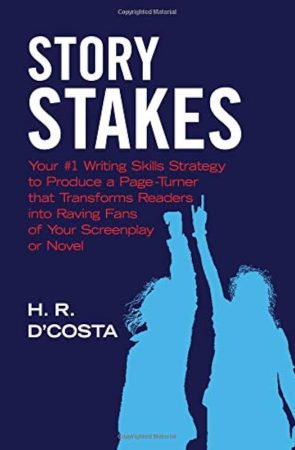
It’s been over five years since I first read Story Stakes, and I don’t think I’ve read another craft book that so effectively explains how to build tension. Reading it made me feel like Eve after she ate from the Tree of Knowledge of Good and Evil; my eyes were opened.
Every character has something to lose. If they didn’t, there wouldn’t be a story. What many writers struggle with is communicating those stakes to the reader and pacing them out in a way that maximizes the tension in a story, and by extension, its emotional impact.
D’Costa tackles all of that and so much more, teaching you how to engage a reader by persuading them to invest emotionally in a character. First, she explores the 11 types of story stakes as well as the 8 modulating factors that affect the emotional impact of those stakes.
She even provides an easy-to-use story matrix that my Plotters out there can recycle over and over to optimize your outlining process and gauge the story’s momentum before you start writing. I’m not much of a Plotter myself, but practicing the tips in this book and observing how they’re depicted in the novels I read played a huge role in developing my instinct for pacing a story and determining when and how to escalate the tension for maximum emotional impact.
This is a fantastic read for writers who struggle with tension or frequently get feedback that their stories are flat or fail to elicit an emotional response from their readers.
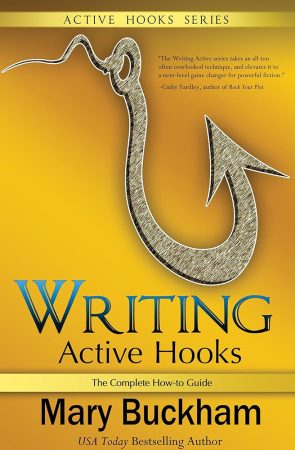
I don’t mean to brag (yes I do), but I’m really good at writing hooks in my fiction. Writing Active Hooks by Mary Buckham is a big part of the reason why. Buckham has previous experience as a creative writing teacher, and it shows. The information is presented clearly, similar to a workbook you’d get in a creative writing course, complete with examples.
Buckham explores the 10 most common universal hooks. She explains how to decide which type of hook is best for your story, why readers respond to hooks, and how to find the best placement for them (hint: it’s not just at the beginning of the story).
Regardless of the genre you write, this is a solid craft book if you want to learn how to grab your reader from the very first sentence, keep them engaged to the end, and finish off with a bang. It’s about 300 pages, but if you like your craft books in bite sizes, you can also get her Writing Active Hooks series, which essentially splits the content into two shorter works of 89 and 150 pages respectively.
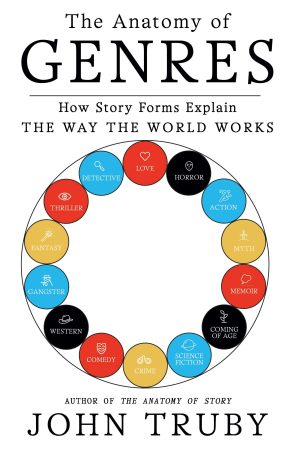
This book is my most recent read on this list and a must-read for anyone interested in genre writing. John Truby’s earlier book, The Anatomy of Story, is a fantastic exploration of the core elements that make a story. It was a tough act to follow, but he built on it brilliantly with The Anatomy of Genres. While it does mention concepts he spoke about in The Anatomy of Story, it’s not necessary to have read it going in.
Truby’s main premise is that stories are models for life. The reason why genres are so universally popular is because each of them address a specific life philosophy that’s expressed using the beats of that particular genre. For example, Horror, as a genre, purposes to teach us about the importance of confronting death. Science-Fiction teaches us that making the right choices in the present is how we create a better future, and Detective and Thriller teach us the importance of looking for truth and assigning guilt no matter the danger.
Don’t make a mistake. This is not your typical 10-step beat sheet, nor is it another iteration of Joseph Campbell’s hero’s journey. Similar to The Art of Character, Truby suggests that storytelling is inherently related to life, and that the most successful stories have something to say about it.
Truby explores the beats that demonstrate each genre’s life philosophy using popular stories as examples. He also suggests that you cannot be successful in genre writing in our time unless you can merge multiple genres together in a cohesive story and he teaches you how to do that.
This book is an incredibly long read—over 700 pages, but it’s designed so you can start with whatever genre(s) you’re most interested in. I would absolutely recommend you read every genre, however, because it will spark some awesome inspiration for how to blend aspects of other genres into your primary interest. Its length provides you with enough material for an infinite number of stories and makes it worth it to work your way through it, even if it takes a long time.
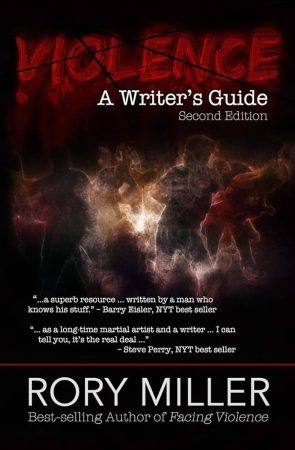
I debated whether or not to include this book on this list because it’s not your typical writing craft book. It’s more of a reference book for a very specific type of writer: suspense, action, or thriller writers, or any other writer that wants to include violence in their stories. Rory Miller is a corrections officer and a martial artist who claims emphatically that he’s not a writer. Rather, he presents himself as an expert on violence with firsthand experience of how movies and novels get it wrong.
His intention with this book is to help writers portray violence realistically by exploring the psychological, physical, and spiritual realities of people who engage with, or experience violence. He covers topics like the context of violence and the rituals that often precede it, gender differences and how men and women fight differently. He goes into detail about weaponry like guns, knives, and blunt objects, the stress response fear triggers in the mind and body, and the psychological differences between people who use violence to commit crimes or promote fear, and people who use violence as a means to stop violence.
Violence is a great resource for people who want to think outside the fight scene and include violence in their work in a way that doesn’t come off as trite, cringey, or turn off people who have real world experience of it. Even if you don’t intend to depict violence in your story, it includes enough about the psychological aspects of violence to help with some awesome characterization if you want to create a character who’s experienced violence or who has a violent background.
Conclusion
These are 6 craft books that I’ll likely revisit many more times over the course of my writing career because of how much they helped me improve my writing. Any fiction writer would benefit from cherry-picking from the wealth of advice they offer.
Brittany is a Creative Writing MFA Candidate at the University of Guelph. Her immediate writing focus is on developing characters who confront difficult, often buried emotions. As far as she's concerned, if she's not having an existential crisis, she's not living. When she isn't writing, she firmly embraces chaotic shenanigans, exploring Toronto in search of her next favourite meal or view of Lake Ontario.


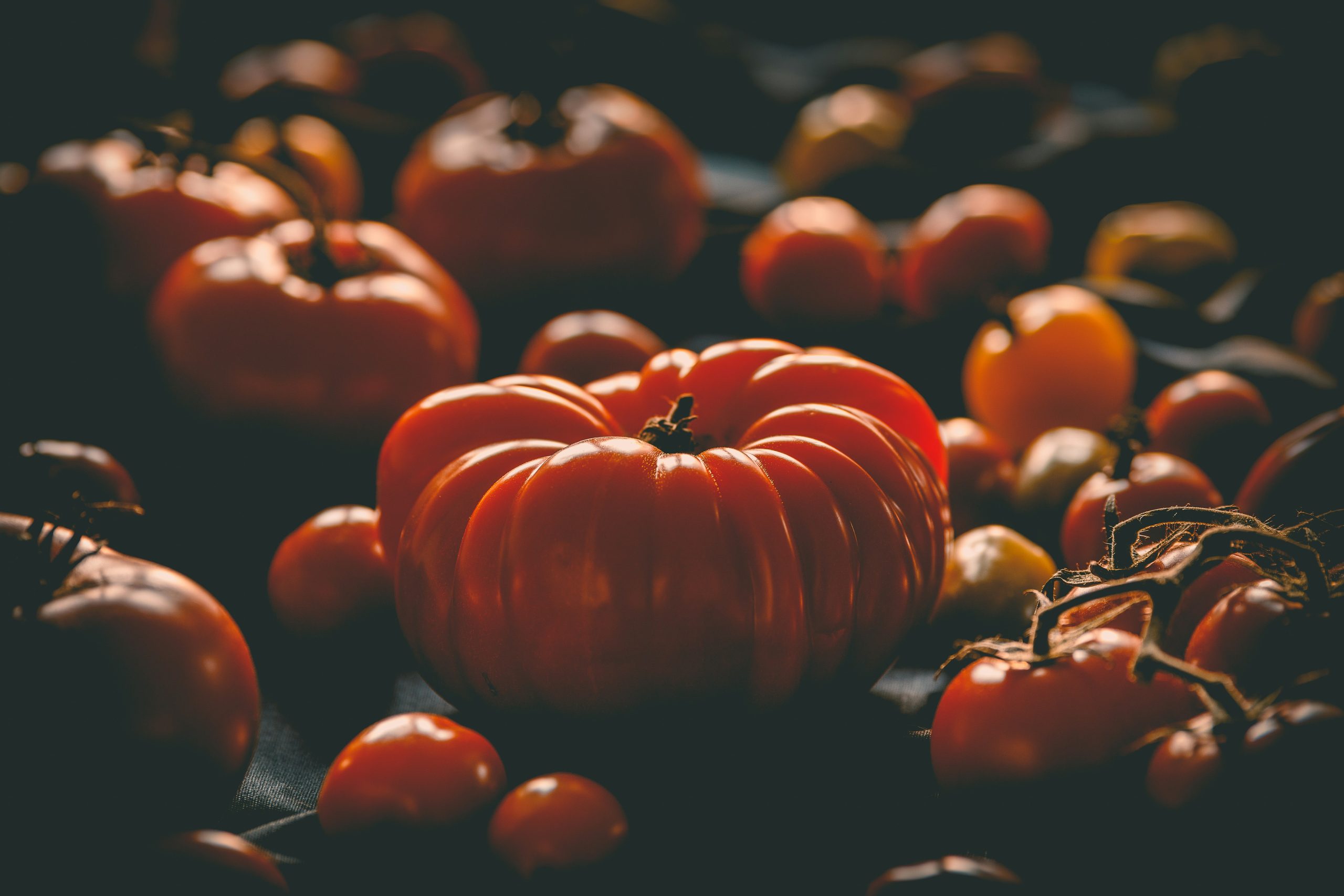
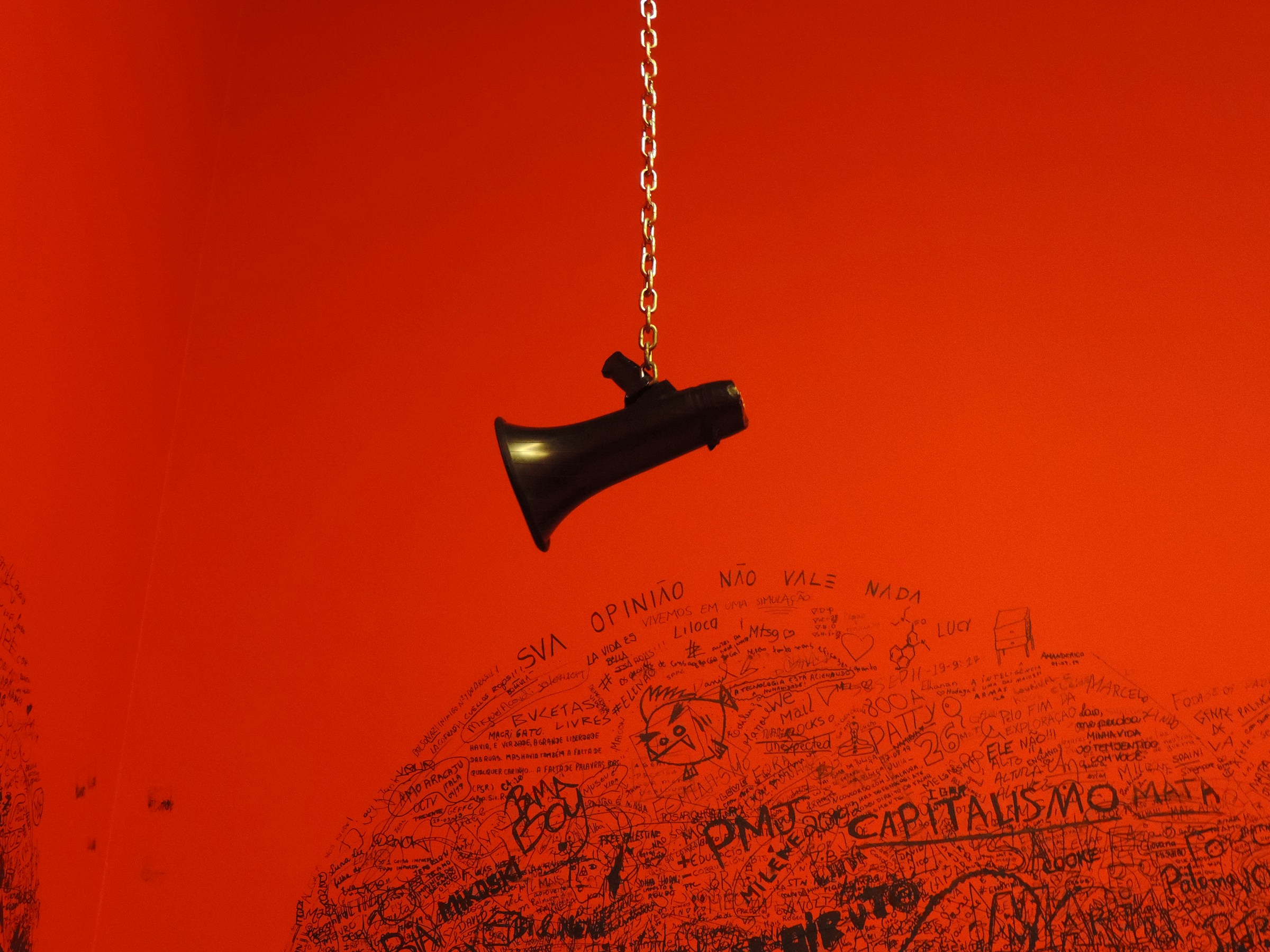
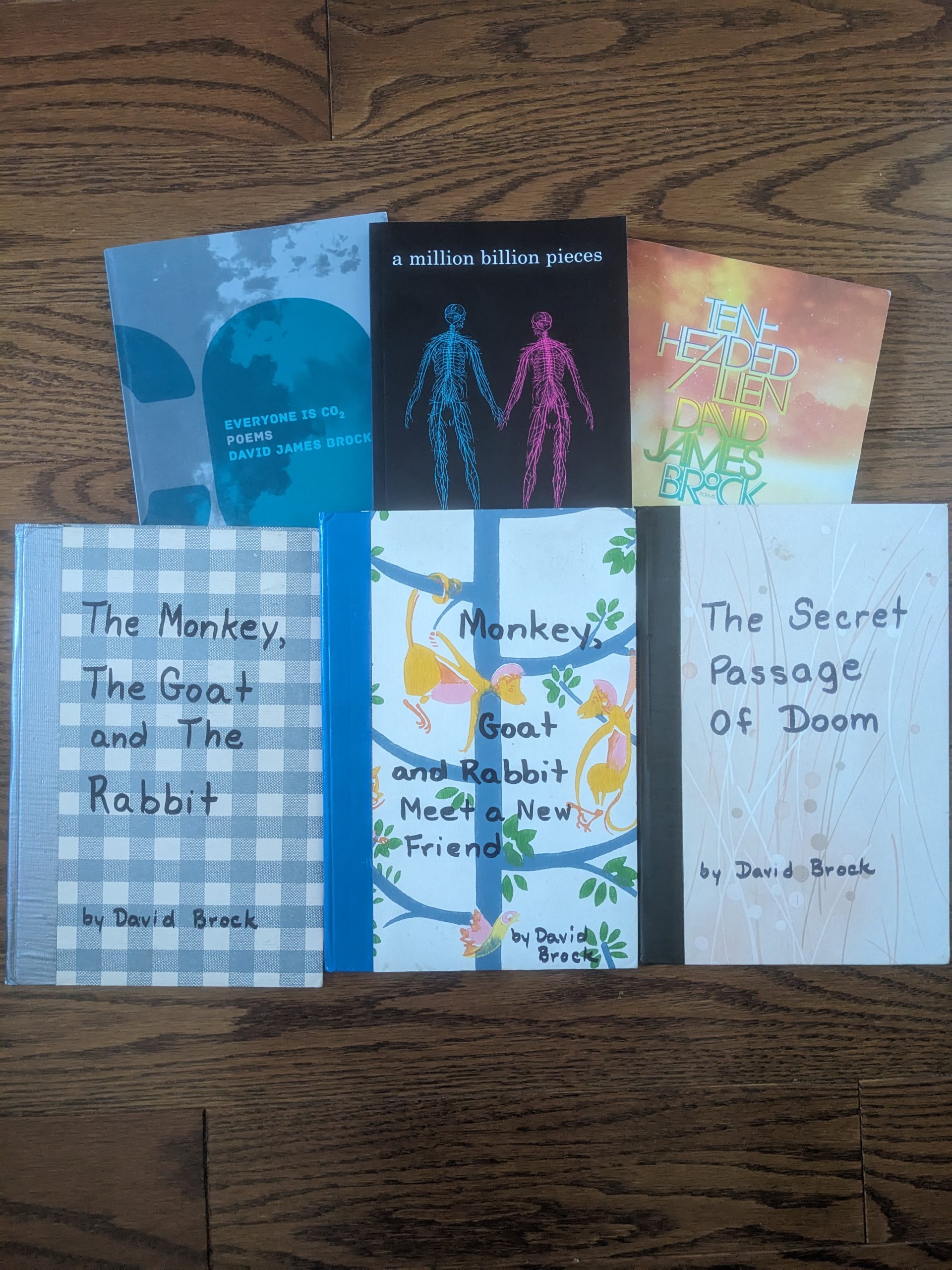
Leave a Reply